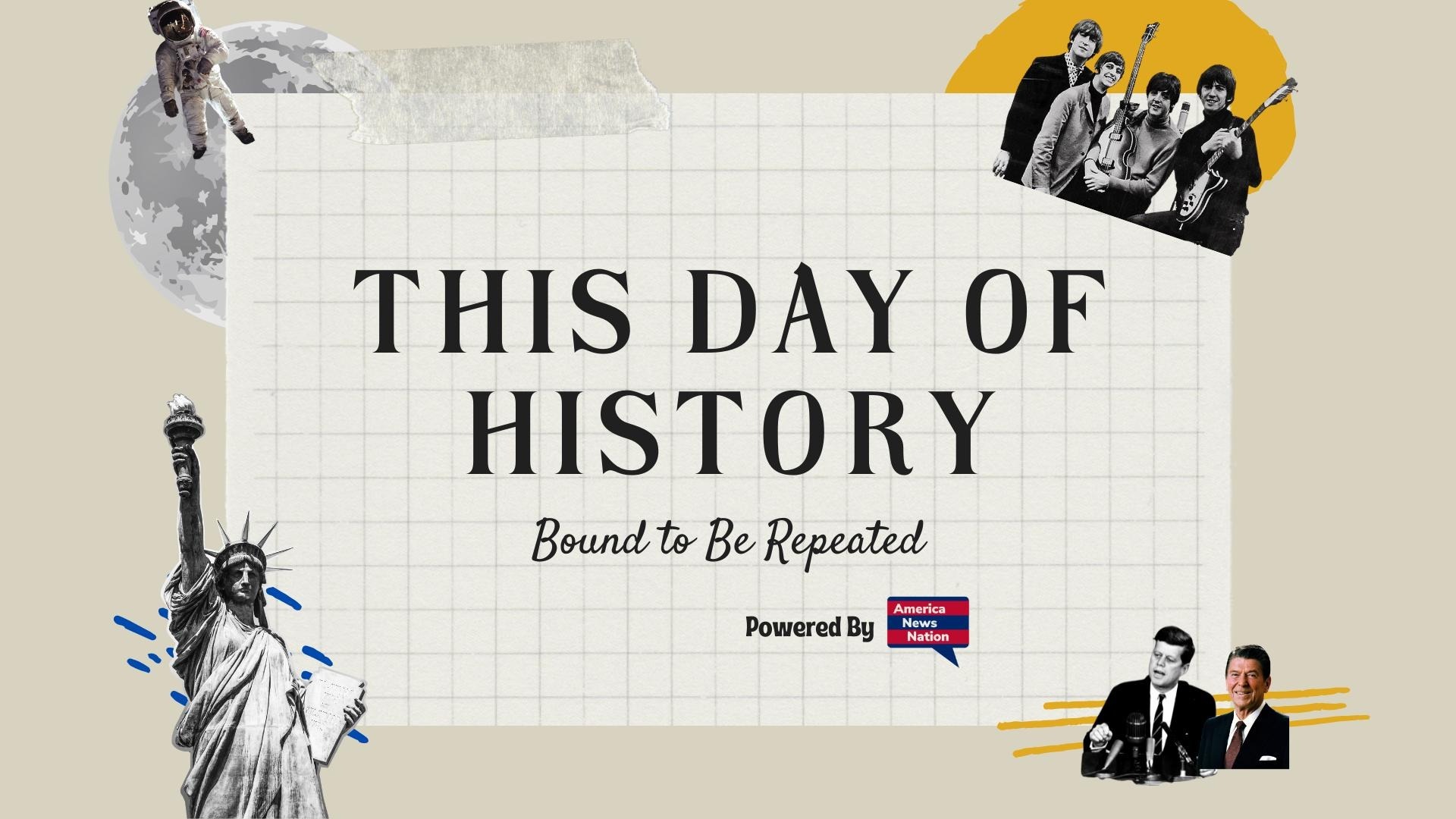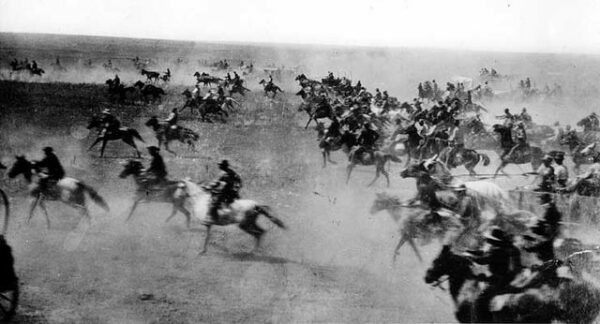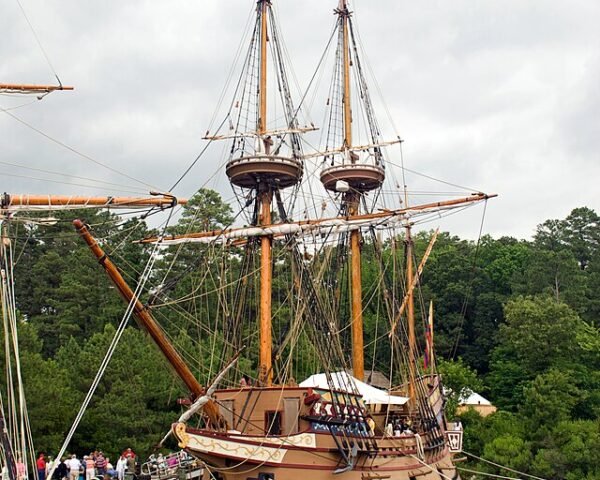At precisely noon on April 22, 1889, the American West erupted into motion. The sharp blast of a bugle, followed by the crack of pistols and the thunder of galloping hooves, signaled the beginning of one of the most frenzied land grabs in U.S. history. Nearly 50,000 settlers surged into the Unassigned Lands of Indian Territory—lands previously closed to white settlers until just the day before. Within hours, barren prairie was transformed into vibrant settlements. By nightfall, both Oklahoma City and Guthrie had emerged with populations exceeding 10,000, forming new urban centers out of what had been untouched grassland.
This historic rush was the first of several federally orchestrated land runs in what would later become the state of Oklahoma. Unlike the slower, organic patterns of earlier westward expansion, this event was government-sanctioned but chaotically executed. The land—approximately two million acres—had originally been designated for Native American tribes forcibly relocated from the southeastern United States. As federal policy shifted and public pressure mounted, these areas were deemed “surplus” following the renegotiation or outright violation of treaties.
In the lead-up to the event, railroads, newspapers, and political advocates played a significant role in building anticipation. The region was portrayed as a promised land—its fertile soil, moderate climate, and central location inviting settlers from across the country. When President Benjamin Harrison signed the proclamation opening the territory, it unleashed a mass migration reminiscent of the California Gold Rush.
Settlers traveled by horseback, wagon, foot, and even bicycle. Some arrived with their families, others were Civil War veterans or single men seeking new beginnings. Referred to as “Boomers,” many had campaigned for access to this land for years. Conversely, “Sooners” exploited legal gray areas or simply violated the rules, sneaking into the territory before the official start time and hiding until they could claim their chosen plots. These premature incursions created legal disputes and tensions that would echo through Oklahoma’s legal system and folklore.
The immediate formation of towns was among the most remarkable aspects of the land rush. In just a few hours, open prairie turned into bustling, organized settlements. Guthrie rapidly developed a tent city complete with a basic governing structure, mapped streets, and a commercial zone. Oklahoma City followed a similar trajectory, as settlers marked land claims with flags, sticks, or whatever materials they had on hand. Temporary municipal governments emerged, but not without conflict. Competing factions vied for control in an environment of both cooperation and rivalry.
Yet, beneath the pioneering spirit lay a troubling truth. The lands being claimed had been home to Native Americans for only a generation, following their forced removal along the Trail of Tears in the 1830s. The Cherokee, Chickasaw, Choctaw, Creek, and Seminole—collectively known as the Five Civilized Tribes—had once held legal claim to the Indian Territory. Over time, these promises eroded under the weight of settler demands and federal complicity. The 1889 rush symbolized not just opportunity, but the accelerating dissolution of tribal sovereignty and territory.
Over time, the Land Rush of 1889 assumed a near-mythic status in American lore. It has been dramatized in novels, paintings, and films as a vivid portrayal of individual grit and democratic possibility. For many, it represents the realization of the American dream—land, freedom, and a fresh start. For others, it serves as a sobering reminder of the injustices committed in the name of expansion and prosperity.
When Oklahoma joined the Union in 1907, many of the cities established during the land rush had developed into permanent, thriving communities. But the memory of that extraordinary day—when a nation on horseback laid claim to a contested future—remains etched into the story of the American West.






